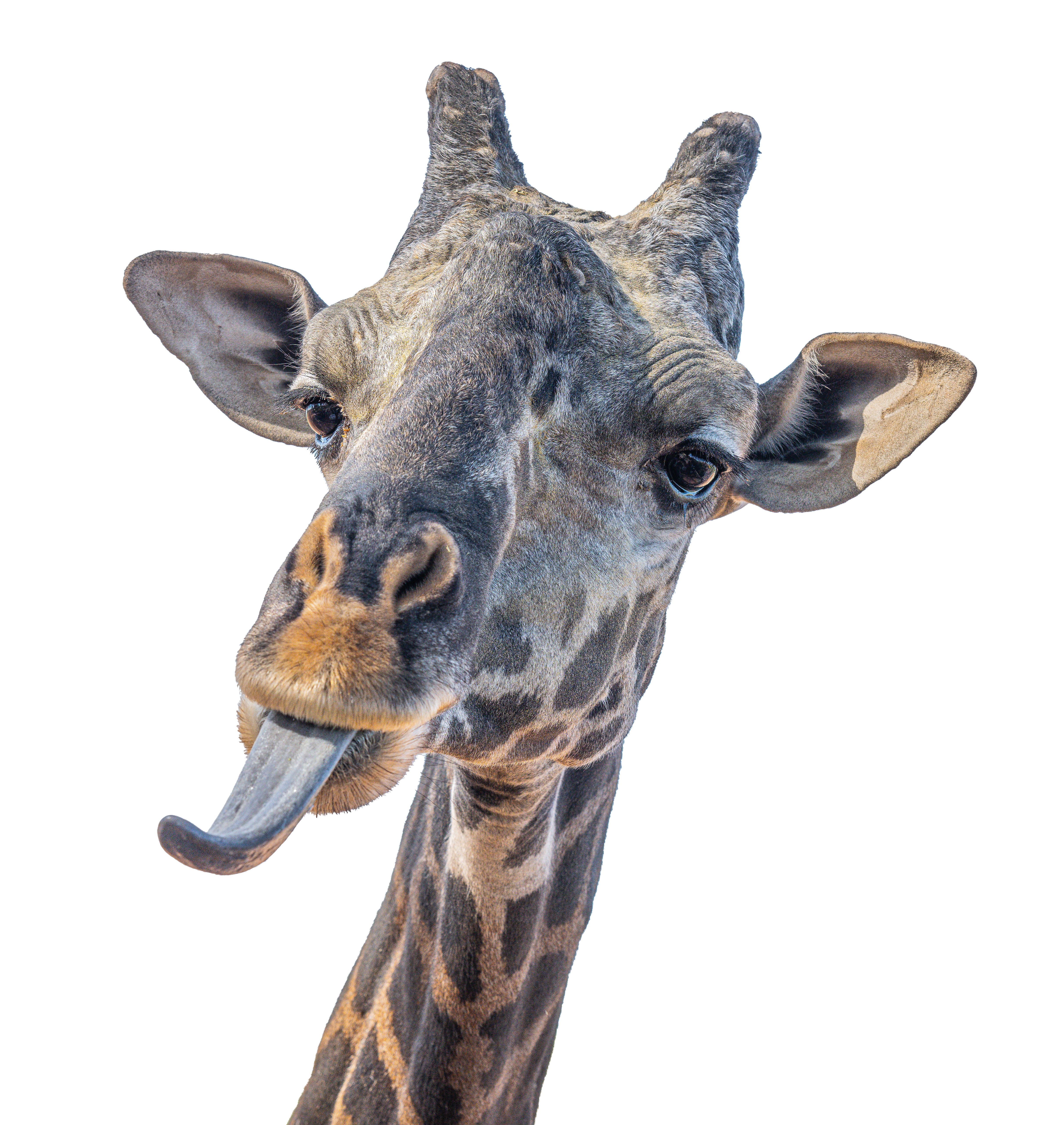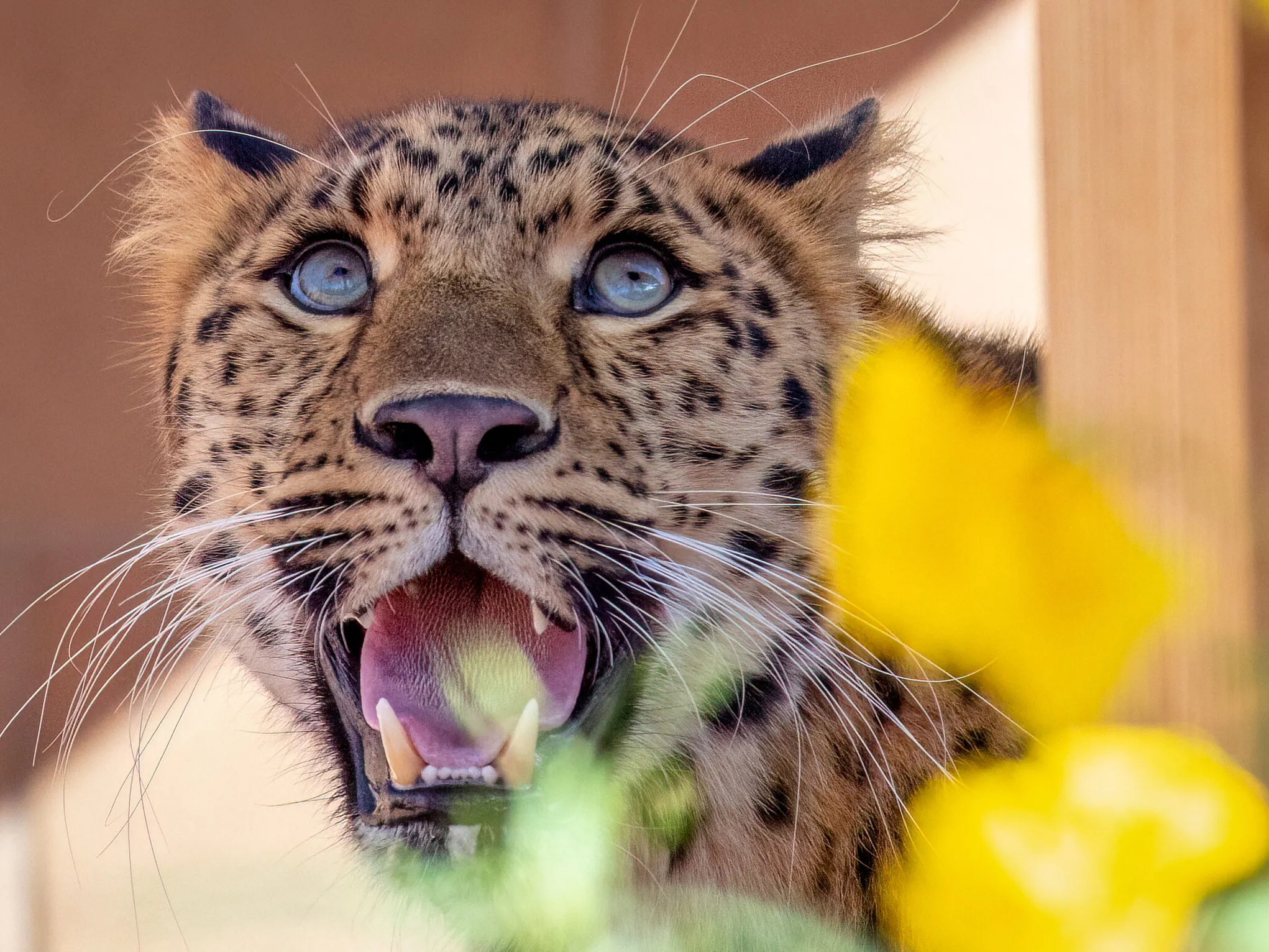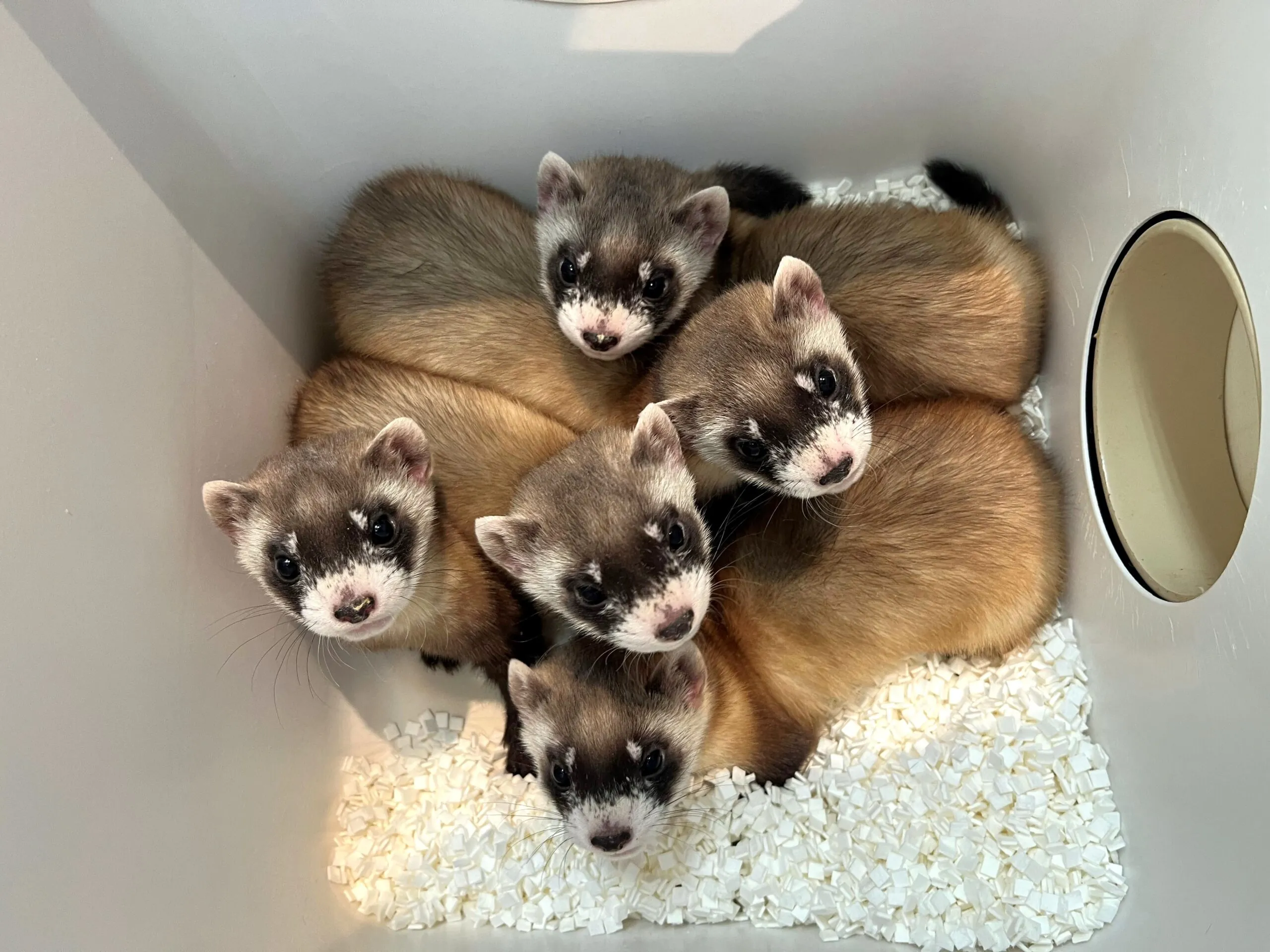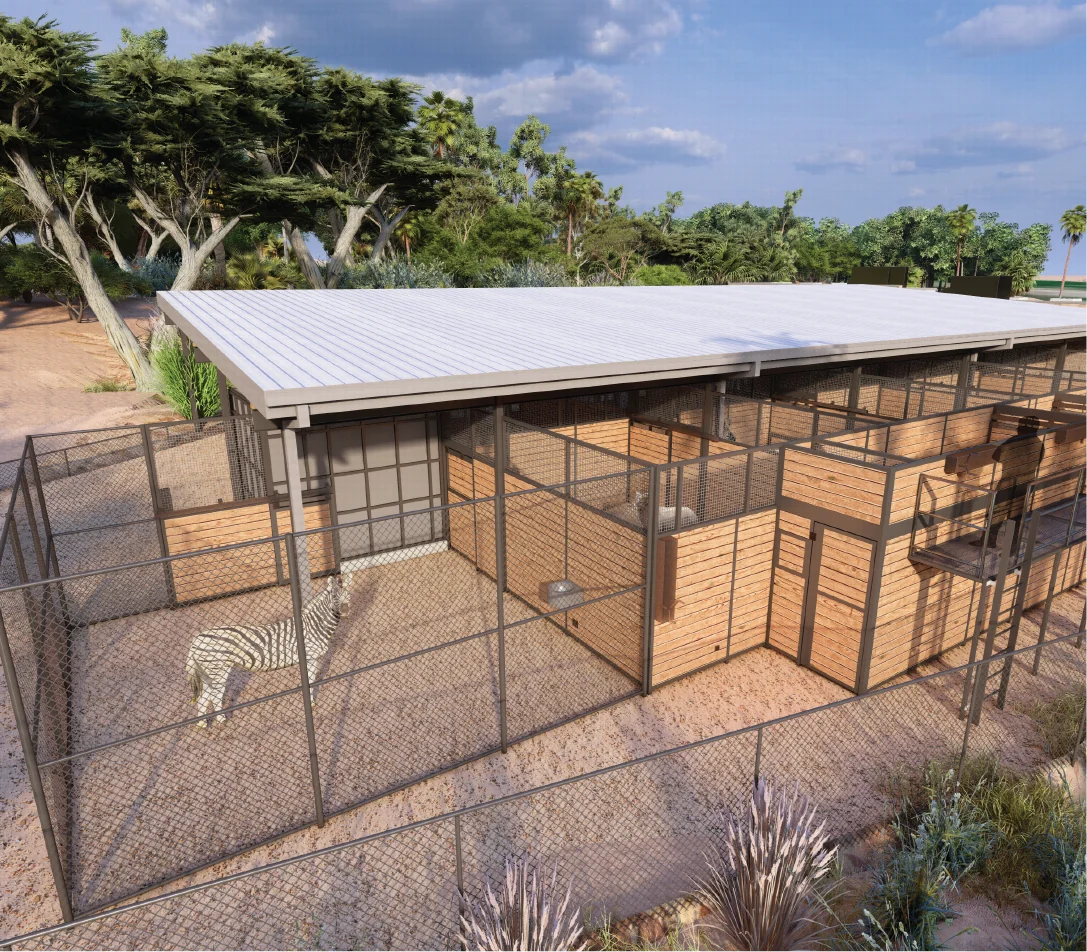Masai Giraffe
Giraffa camelopardalis tippelskirchi
Call Me the Camel-Leopard
Giraffes get part of their Latin name, camelopardalis, from their long camel-like necks and leopard-like spots. But they are more closely related to okapis, rather than camels or leopards. Masai giraffes are one of nine subspecies of giraffe. They are the largest of the giraffes, growing up to 18 feet tall, making them the tallest land mammals on earth. Their spots are generally larger and darker than other giraffes and are jagged, resembling oak leaves. All giraffe spot patterns are as unique as human fingerprints and can be used to identify individuals.
I Am Big Everywhere
Giraffe necks contain only seven vertebrae, just like human necks, but each neck bone can be over 10 inches long. Giraffes have evolved an anti-gravity system that keeps them from fainting from the blood rushing to their head when they lean down to drink. Their muscular tongues are about 18-20 inches long and prehensile, meaning they can be used to grab leaves from trees. The purple-black coloring is thought to prevent sunburn. Their feet are the size of dinner plates, their eyes are as big as golf balls, and their hearts are about two feet long and 25 pounds. At birth, a baby giraffe is 5-6 feet tall and weighs 140-200 pounds!
I’m a Tall Drink of Water
Adult giraffes can drink 10 gallons of water in one day. To do so, they splay their front legs wide and bow their heads down to the water source. It’s an awkward position that can leave them susceptible to predators. Fortunately, they get most of the moisture they require from the plants they eat, and only need to drink on occasion. Some research indicates that they are able to move water up the neck and against the pull of gravity by way of a “plunger pump” system that forces water into the esophagus. When the giraffe lifts it’s neck, gravity and muscular contractions move the water into its stomach.
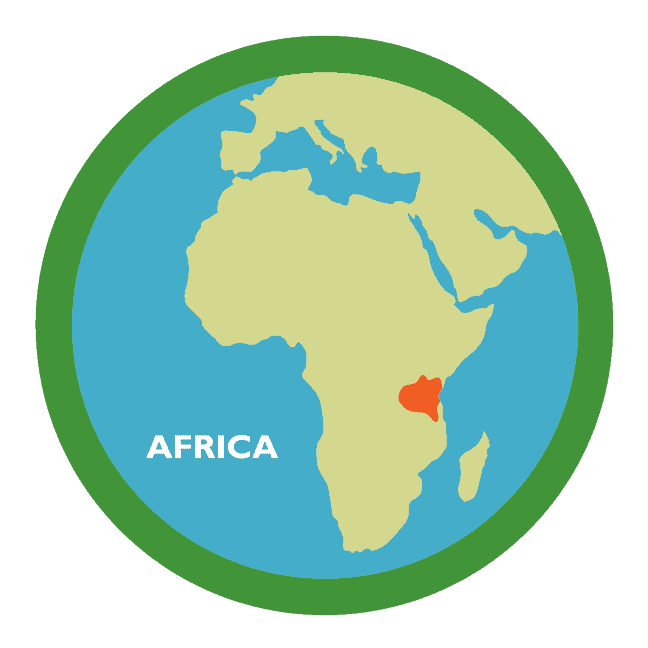
Diet: leaves (especially acacia), shrubs
Zoo Diet: formulated feed, hay, browse, starch, apples
Habitat: savannas, open forests, semi-deserts
Height: 13 – 18 ft
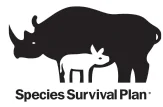

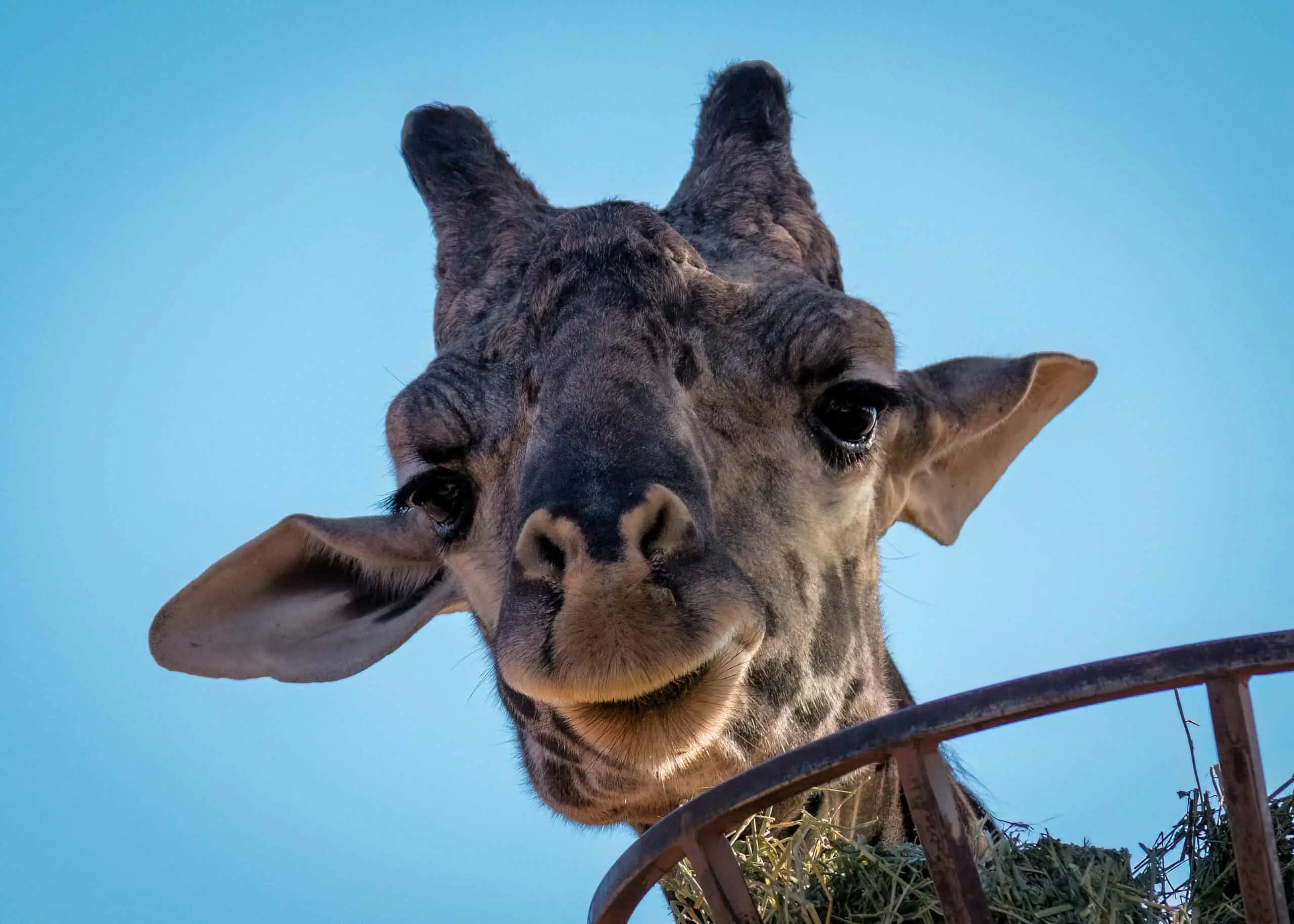
Plan your visit today!
The Phoenix Zoo is one of the largest non-profit zoos in the U.S., caring for over 3,000 animals, with nearly 400 species represented, including many threatened/endangered species.
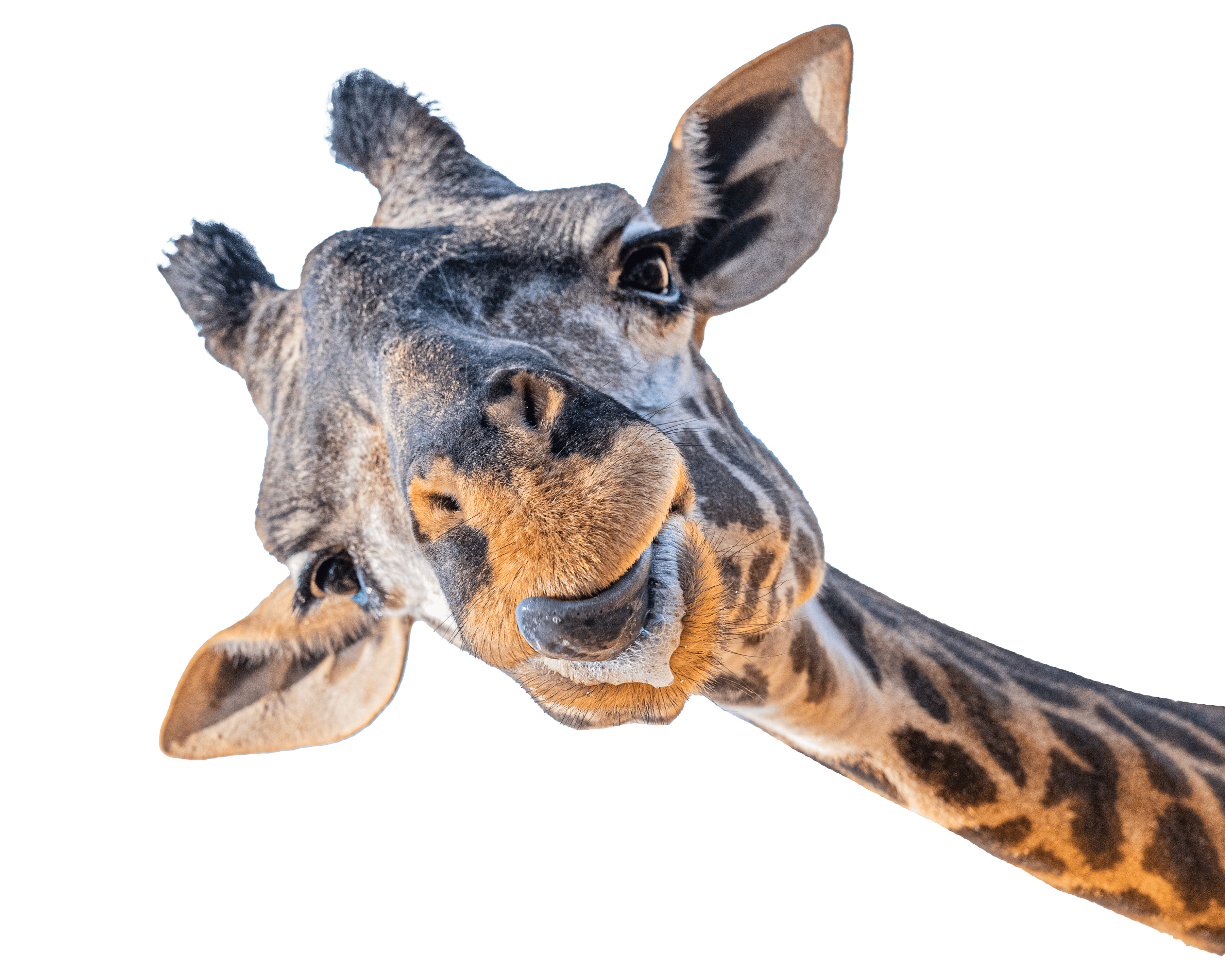
Plan your visit today!
The Phoenix Zoo is one of the largest non-profit zoos in the U.S., caring for over 3,000 animals, with nearly 400 species represented, including many threatened/endangered species.
